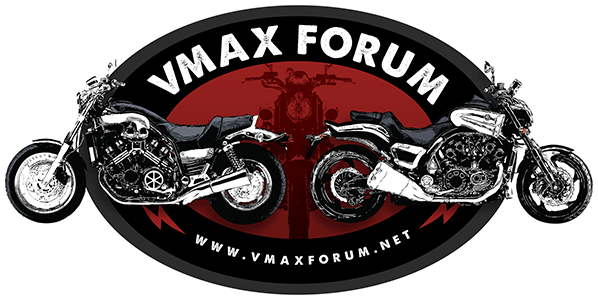The 'choke' is an enrichment circuit activated by brass plungers being pulled upwards by the forked-finger levers bolted-to the enrichment rods. The enrichment rods are linked together. It isn't uncommon to have those so-far out of adjustment that you have to do a 'cold-set' to bring them back into position, so when you lift the solid brass pistons (fiche #20) performing the enrichment function, by pressing
down on the lever labelled 'choke,' they move in unison, and approximately the same-amount. A neglected bike may-have frozen brass enrichment pistons, requiring you to remove the gland nut through which passes the slender brass shaft of the enrichment piston onto-which the forked fingers actuate the rise/fall of the brass enrichment piston.
Tearing-down the carbs, split them into
Left and
Right pairs. There is normally
no-need to remove the starting enrichment rods which run through both carb bodies, and the forked fingers. Look closely at the lower right, and you can see the enrichment piston's gland nut is loose, you can see the slender shaft of the piston, where the forked fingers 'grab' it, and the empty forked fingers by it. Carbs are upside-down.
You can easily remove the float bowls and the jet blocks, to access the pilot jets (fiche #42) and the main bleed pipes (fiche #44), next-to the pilot jets. Don't lose the rubber plugs (fiche #43 and 45) which go into the ends of the jet block tunnels for the pilot jet and the main bleed pipe, or the tiny O-rings (fiche #10) under the CV carb caps
above the pilot screws (fiche #22). Please note there is a
pilot jet (fiche #42) and a
pilot screw (fiche #22) for each carburetor. They are entirely-different from one another.


 2006 Yamaha V-MAX 1200 (VMX12V) Carburetor | Ron Ayers
VMX12- Service-Manual.pdf (vmoa.net)
2006 Yamaha V-MAX 1200 (VMX12V) Carburetor | Ron Ayers
VMX12- Service-Manual.pdf (vmoa.net)
Pilot jet (below, fiche #42)

Pilot screw (below, fiche #22)












